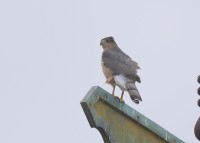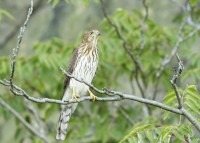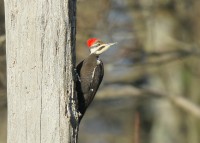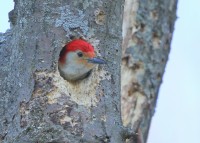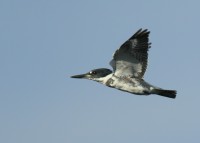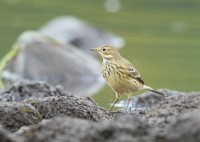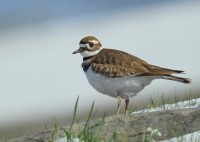Sharp-shinned Hawk: Lawrence
January 9, 2017 in Nearby Landbirds
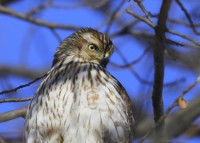 While scoping out the peregrines on the south side of the Verizon Cell Tower, was distracted by a hawk that whizzed by and landed in a nearby tree by the Kachel Motor Company. The sharpie perched in a tree and remained motionless for a while. Seemed to have its eye on prey but no idea what the target was!
While scoping out the peregrines on the south side of the Verizon Cell Tower, was distracted by a hawk that whizzed by and landed in a nearby tree by the Kachel Motor Company. The sharpie perched in a tree and remained motionless for a while. Seemed to have its eye on prey but no idea what the target was!

